From Quarry to Everyday: Calcium Carbonate's Journey and Utility
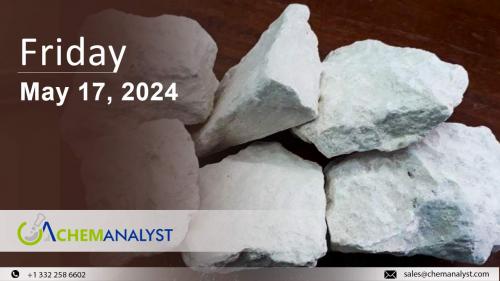
Have you ever stopped to think about the hidden ingredients that make up the world around you? From the sturdy walls of your house to the brightness of your favorite paint color, there's a good chance a common mineral called calcium carbonate plays a role. Today, we're diving deep into the fascinating world of calcium carbonate and exploring its surprising applications across various industries. From construction and papermaking to pharmaceuticals and plastics, get ready to discover how this versatile material silently shapes our everyday lives!
Introduction
Calcium carbonate (CaCO3) makes up a significant portion of the Earth's crust in the form of rocks like limestone, chalk, and marble. Limestone and chalk consist of calcium carbonate, while dolomite comprises a blend of calcium and magnesium carbonates. Though they contain impurities like clay, certain specimens are remarkably pure, surpassing 97%. Widely utilized in construction and for countering acidity, limestone and its derivatives serve various purposes across industries. It's a popular and versatile filler used in plastics because it improves both stiffness and impact resistance, making the final product tougher. It also helps maintain a consistent color and appearance. These calcium carbonate filled plastics are often used in construction and industrial applications where durability is key. Calcium carbonate has many other uses beyond plastics. It's found in paper, rubber, adhesives, and coatings. In paints, it acts as a filler, extender, and pH buffer. Concrete gets its strength and color stability from calcium carbonate fillers. It's even used in environmental cleanup, fertilizers, animal feed, and various cosmetic and hygiene products.
Interestingly, calcium carbonate exists in three different natural forms called polymorphs.
- Calcite is the most common and stable form at normal temperatures and pressures.
- Aragonite is less stable and slowly changes into calcite over millions of years.
- Vaterite is the rarest and least stable form, quickly transforming into one of the other two polymorphs.
Each polymorph has a distinct crystal structure and appearance.
Manufacturing Process
The production process of Calcium Carbonate powder includes multiple stages, such as:
- Raw Material Preparation:
The initial step in the production process of calcium carbonate comprises preparing the raw materials. The principal raw material utilized is limestone, a sedimentary rock primarily composed of calcium carbonate. Limestone is typically sourced from quarries or mines, after which it undergoes crushing and screening to achieve the desired particle size. The quality and attributes of the limestone utilized can significantly influence the properties of the resultant calcium carbonate product.
- Calcination:
The subsequent stage in the manufacturing process is calcination, a process involving the heating of crushed limestone at elevated temperatures to transform it into lime (calcium oxide) and carbon dioxide. This procedure occurs within a kiln, which may take the form of a vertical shaft kiln or a rotary kiln. The limestone is subjected to temperatures of approximately 900-1000°C, prompting the decomposition of calcium carbonate and the liberation of carbon dioxide. The resultant product is known as quicklime or burnt lime.
- Hydration:
Following calcination, the quicklime acquired undergoes hydration to yield slaked lime (calcium hydroxide). Hydration is accomplished by introducing water to the quicklime, a process known as slaking. This reaction between quicklime and water is notably exothermic, generating a significant amount of heat. The resulting slaked lime can manifest as either a fine powder or a water suspension, contingent upon the intended application.
- Carbonation:
The subsequent step involves subjecting the slaked lime to carbonation, where it interacts with carbon dioxide to produce calcium carbonate. This procedure, also referred to as precipitation or carbonation, utilizes carbon dioxide sourced from diverse outlets, including industrial flue gases, the atmosphere, or combustion of fossil fuels. The reaction between calcium hydroxide and carbon dioxide is represented as follows:

- Separation and Drying:
Following the carbonation process, the calcium carbonate precipitate requires separation from the liquid phase. This can be accomplished using different techniques like filtration, centrifugation, or sedimentation, selected based on the desired particle size and purity. The separated calcium carbonate undergoes washing to eliminate impurities or residual chemicals. Upon separation, the calcium carbonate is subjected to drying to eliminate moisture and yield a free-flowing powder. Drying techniques, including air drying, spray drying, or employment of rotary dryers, are utilized for this purpose. Ensuring proper drying is essential to maintain the stability and usability of the final product.
- Surface Modification:
In certain instances, the produced calcium carbonate might undergo surface alteration to enhance its characteristics. This process entails applying coatings to the particles with different substances, like stearic acid, to augment dispersion, mitigate agglomeration, or enhance compatibility with particular applications. Surface modification techniques, such as dry or wet surface modification, are employed based on the intended objectives.
- Packaging and Distribution:
The ultimate phase in the manufacturing process involves packaging and distributing calcium carbonate. The product is commonly packaged in bags or bulk containers, tailored to meet customer specifications. Adequate packaging safeguards the calcium carbonate, ensuring its integrity during storage and transit. Subsequently, the product is distributed to diverse industries for utilization across a broad spectrum of applications, encompassing paper production, plastics, paints, adhesives, rubber, and construction materials.

Applications of Calcium Carbonate
Calcium carbonate is a widely used mineral with applications in various sectors. Its unique properties, like controlled particle size and low water absorption, make it valuable in many products.
- Construction: Calcium carbonate plays a vital role in construction. It acts as a binding agent in mortar and concrete, and as a filler in building materials like marble. It also helps neutralize acidic soil and water. To produce cement, limestone is blended with clays containing silica, alumina, and Iron (III) Oxide to create a fine powder.
- Paper: The paper industry is a major consumer of calcium carbonate. It's primarily used as a filler to improve paper strength, whiteness, and opacity, while reducing production costs. The shift towards alkaline papermaking processes further boosts its demand.
- Paints & Coatings: Calcium carbonate is a key ingredient in paints. Its white color and cost-effectiveness make it a popular extender pigment. It also improves paint properties like flow and filling. Calcium carbonate serves as an extender pigment in paint due to its white color, cost-effectiveness compared to latex and solvent, and its finely dispersed particles. Additionally, its incorporation enhances the primer's permeability and deposition onto the base surface. Moreover, calcium carbonate can thicken paste paint while also fulfilling filling and leveling roles.
- Pharmaceuticals: This mineral plays a crucial role in drug production. It acts as a source of calcium and a buffer to maintain stable pH during fermentation. It's also used as a filler in tablets and as an antacid ingredient.
- Plastics & Polymers: Calcium carbonate is commonly employed in filling polymers such as polyvinyl chloride, polyethylene, and polypropylene. Its addition aims to enhance specific qualities of plastic products and expand their applications.
Market Outlook
Calcium carbonate, exists as an odorless white powder, commonly recognized as chalk, with non-toxic properties. Widely vital in construction, it serves as a cement component and standalone building material, facilitating the production of mortar, rubber products, roofing tiles, and more. In the paper industry, it brightens paper, improves ink retention, and enhances smoothness. Its demand, largely fueled by the Paper and Pulp sector due to its paper-brightening and light-scattering attributes, continues to surge globally. Moreover, its utility as a filler in concrete and refining metals in construction applications further propels its demand, with the construction sector consuming approximately 54% of the market share in 2023.
Calcium Carbonate Major Global Producers
Significant players in the Global Calcium Carbonate market are Minerals Technologies Inc., United States Lime & Minerals, Inc., Omya, Imerys S.A., Saudi Carbonate Co. Ltd., Manaseer Group., Global Group of Companies (GGC), Arabian Calcium Carbonate Co., National Carbonate Companies, Emirates Calcium Carbonate factory, Golden Lime Public Company Limited, United Compounding Industrial Company, Ascom Carbonate and Chemical Manufacturing (ACCM), and Fujian Sanmu Nano calcium Carbonate Co., Ltd., and Others.
Calcium Carbonate Market Challenges
- Competitive Market: The calcium carbonate market is saturated with numerous suppliers globally, ranging from large multinational corporations to smaller regional players. This high level of competition can result in pricing pressures as companies strive to gain market share. Additionally, intense competition may lead to commoditization, where products are perceived as interchangeable, further squeezing profit margins.
- Environmental Concerns: The extraction and processing of calcium carbonate, typically from limestone or marble, can have significant environmental impacts. Mining operations may result in habitat destruction, soil erosion, and water pollution. Furthermore, the energy-intensive processes involved in calcium carbonate production contribute to carbon emissions and exacerbate climate change.
- Substitution Threats: Calcium carbonate competes with various alternatives, including talc, silica, and titanium dioxide, in a range of applications such as plastics, paints, and paper. The threat of substitution arises from factors such as performance characteristics, availability, and price competitiveness. Manufacturers must continuously innovate to differentiate their calcium carbonate products and demonstrate superior value compared to substitutes.
Conclusion:
Ultimately, calcium carbonate is a very important and multipurpose compound used by industries all over the world. It can be found in rocks as calcite and aragonite minerals, as well as in the form of a chemical product or through mining. There are many different uses for calcium carbonate, and it is a vital ingredient in many different products and processes. Its non-toxic characteristics and variety of roles make it a possible choice for applications from cement and mortar materials in construction to the whitening of paper and ink retention in the paper industry. Also, its demand, which is usually led by the Paper and Pulp sector, is still on the rise across the world, which demonstrates its core role in modern industrial activities. Being the central element that improves the function and quality of products, this compound is one of the most important raw materials in the multiple industries.
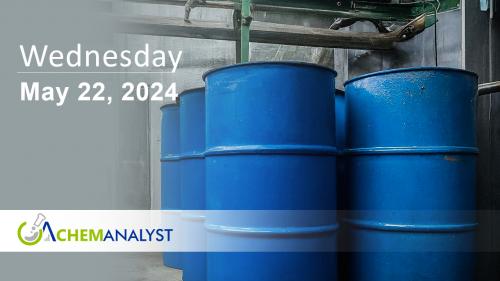
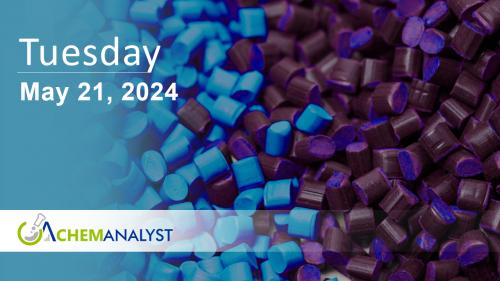
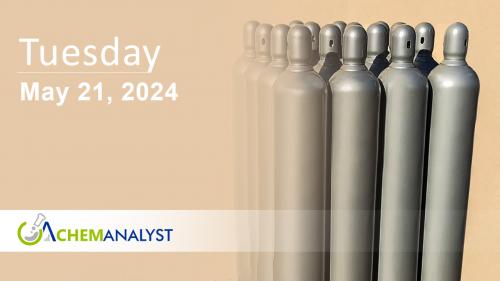




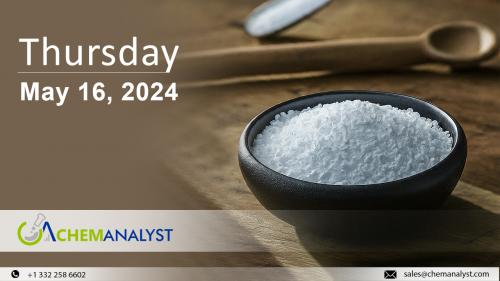
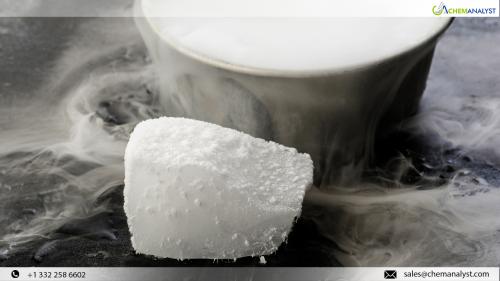
Comments (1)
Random India
9
Digital Marketer
Free Blog Submission Sites 2024
blognow.co.in
handyclassified.com
thenewsbrick.com